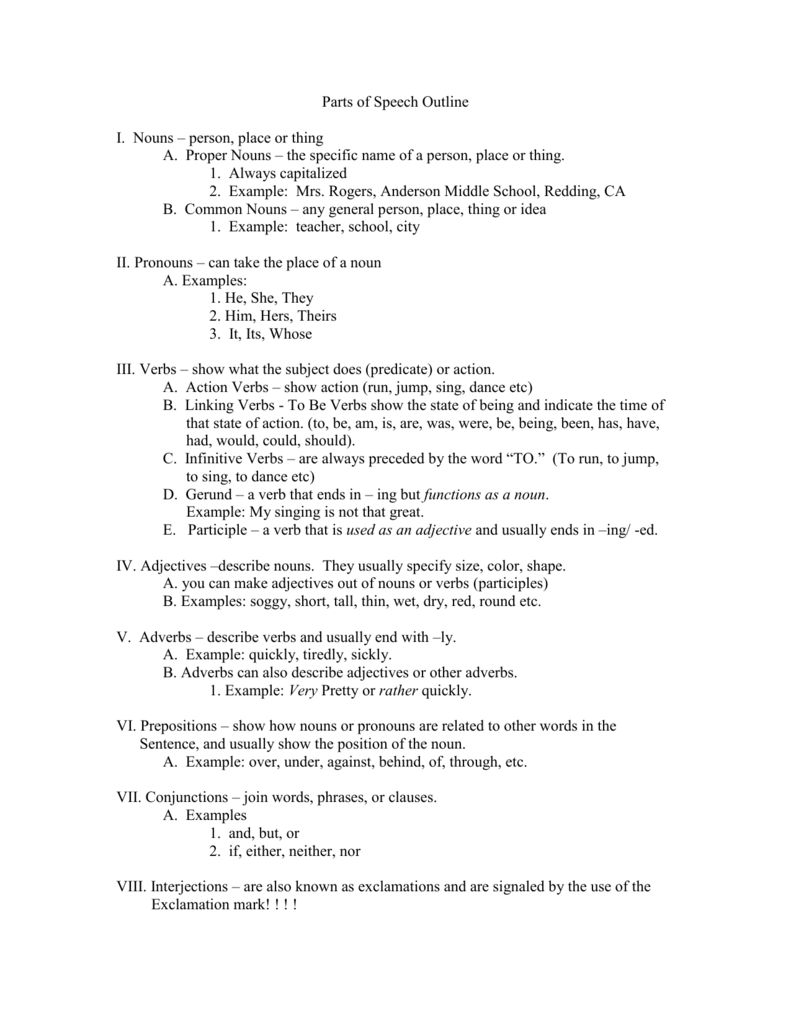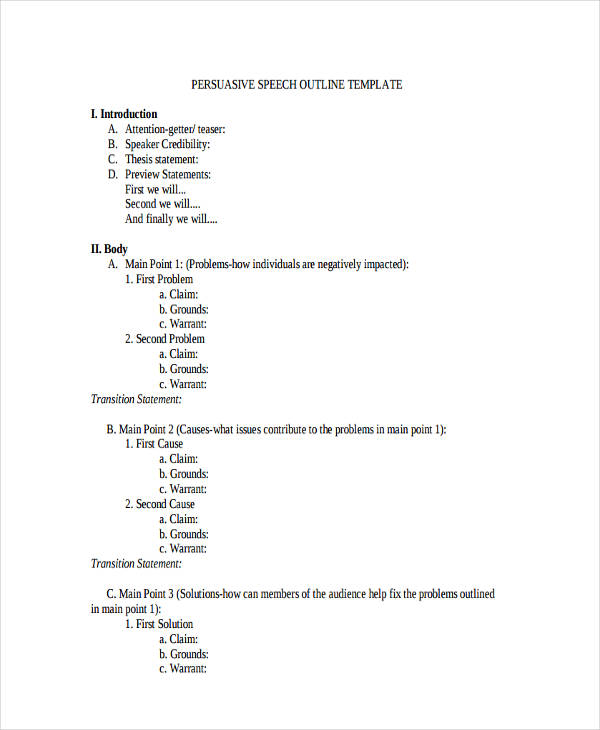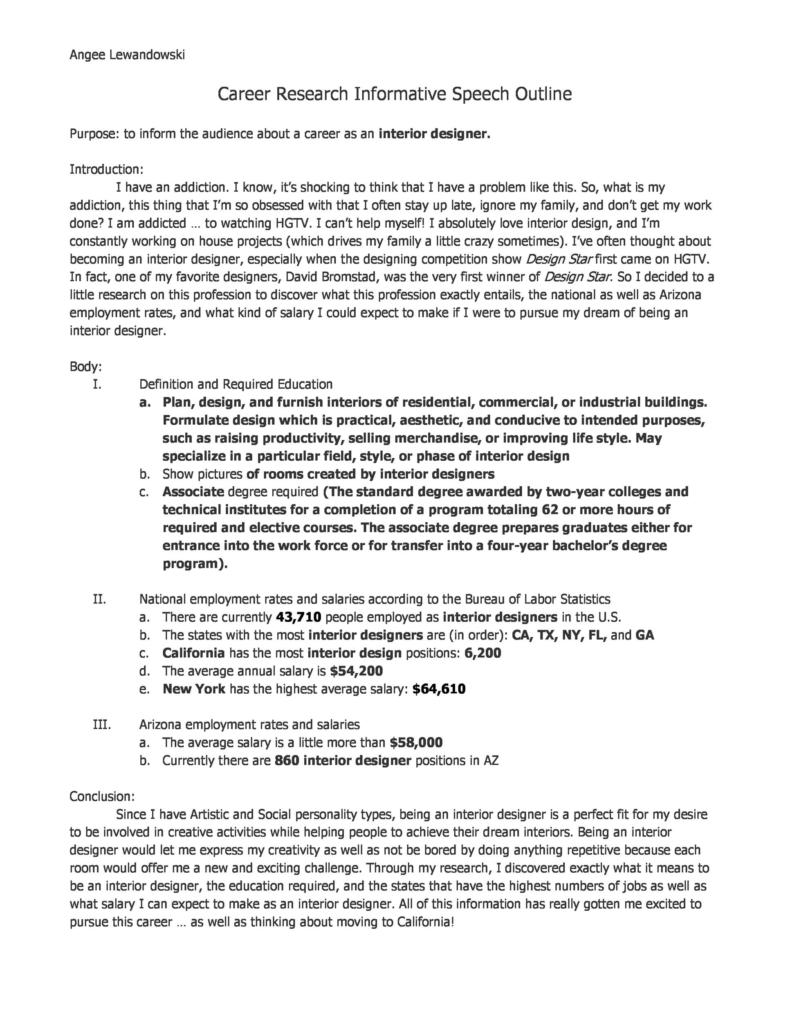
Don’t tell them why domestic violence is horrifying: make them feel why it is. The best way to show and not tell is by incorporating stories and examples in your speech. Instead, you want to make them connect with your speech and give them a tangible idea to take back. You don’t want to simply bombard the audience with facts and statistics. This is a tip that writers often hear: show the reader what you want them to see, don’t tell it to them.

And write your speech like you’re talking to a friend or family member–not to a bunch of robots. Humor is another great way to make yourself more approachable. There are many ways in which you can do this. So, it’s important to humanize yourself in their eyes. If they do not connect with the speaker or feel like the speaker is distant, then they will never be able to connect with the message either. The techniques given here can be applied for all types of speeches and help make the presentation more persuasive:įor the audience, the speaker and the message are synonymous with each other. We’ve made an extensive video on storytelling that you can check out here.

They also make it more likely that the audience will connect with you.Ī story about a sixteen-year-old victim of dowry death, for example, will have a far greater impact than a statistic about how many teenagers die of domestic violence every year. That’s because stories tend to have a personal impact on the audience’s mind. Incorporating stories in a speech about domestic violence is even more important. It can take a flat or boring topic to the next level, and cement a speaker in the audience’s mind. And if they don’t like to hear something, then they probably won’t. But that’s not the purpose of your speech, is it? Nobody likes to hear complicated jargon. We get it: complicated-sounding words make you sound smarter. If your aim is to spread awareness or reach out to more people with your speech, then your best bet is to use simple language while you’re delivering it. The answer to the question is going to be highly important when you sit down to outline your speech. So, before you start writing your speech, ask yourself: who am I going to deliver it to? Are the members in the audience victims of domestic violence themselves? Are they survivors of abuse? Or are they simply there to gain more knowledge about it. It becomes even more important when you’re delivering a speech on a topic as sensitive as domestic violence. Knowing your audience is an integral part of any speech. Tips For Writing A Speech On Domestic Violence 1. This becomes especially important when we realize that many victims of domestic violence don’t realize that they’re victims at all. The most important reason why we need to talk about domestic violence is that the more we talk about domestic violence, the more likely it gets that we will be able to spread awareness about it, be better able to identify abusive behaviors & take active steps to fight it. Domestic violence is a pattern of behavior that an individual in a relationship uses to exert power over the other person.

In simple terms, domestic violence is violence or other abuse in a domestic setting such as marriage or cohabitation. To write an impactful speech on domestic violence, you need to keep in mind a few things like knowing your audience, using simple language, humanizing yourself, and showing–not telling–your speech.īut first: what is domestic violence & why should you write a speech about it? Domestic Violence: What Is It & Why To Speak About It But it doesn’t have to be: writing a speech on domestic violence is just like writing any other speech. Writing a speech on a topic as vast as domestic violence can seem like a daunting task. If you’re delivering a speech on domestic violence, this is something that you need to keep in mind. It’s a worldwide phenomenon, and that means it’s a topic that most people are familiar with.Īnd yet, even though so many people are familiar with domestic violence, but a few do anything about it–even when they’re the victims themselves. It happens all around the world and can happen to anyone. Imagine that: as you sit here reading this article, 24 people are being hurt by the person that’s supposed to love them.ĭomestic violence is not an issue specific to one single country or place. An average of 24 people per minute are victims of rape, physical violence, or other forms of harm by an intimate partner.

Today, domestic violence is the leading cause of injury to women.


 0 kommentar(er)
0 kommentar(er)
